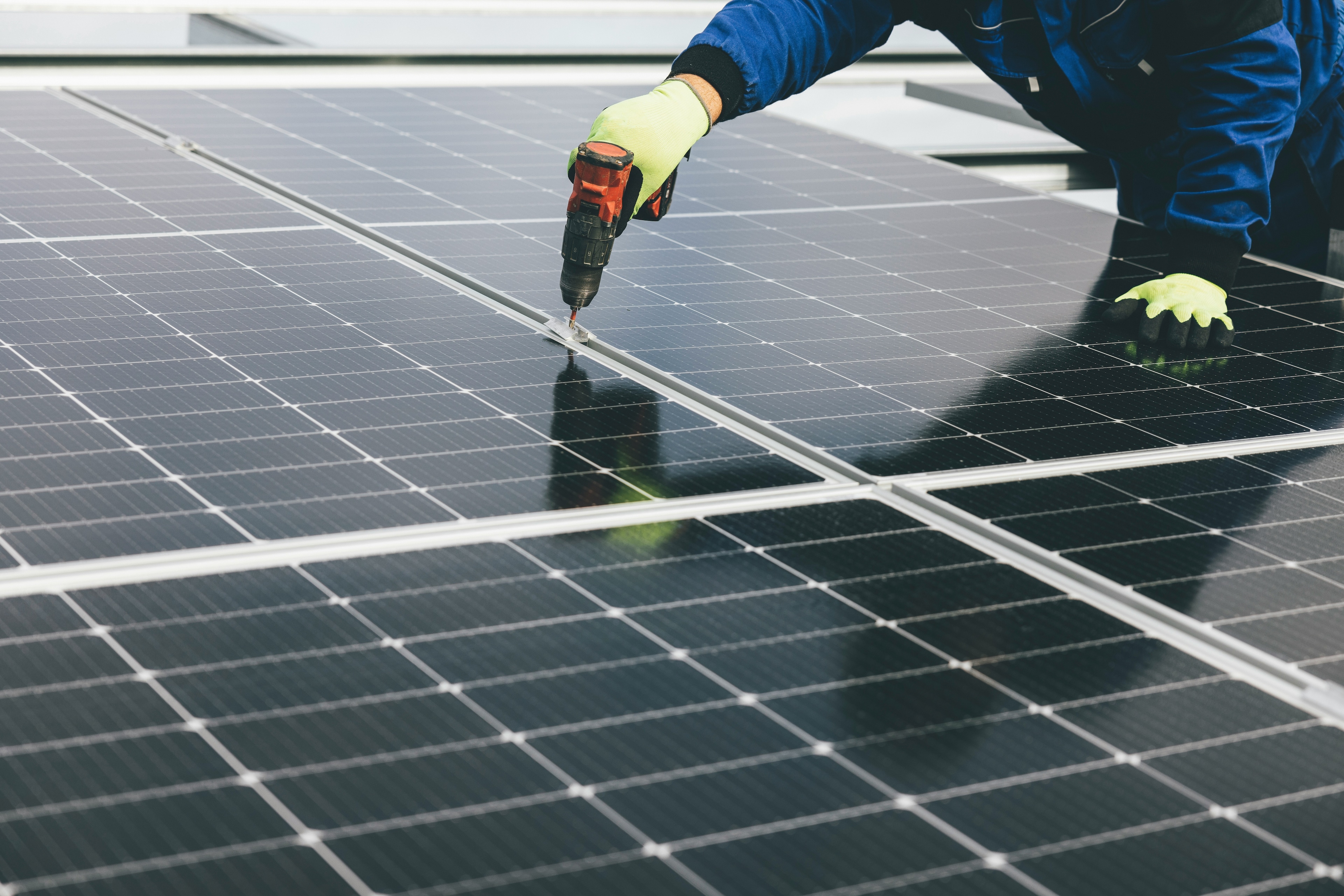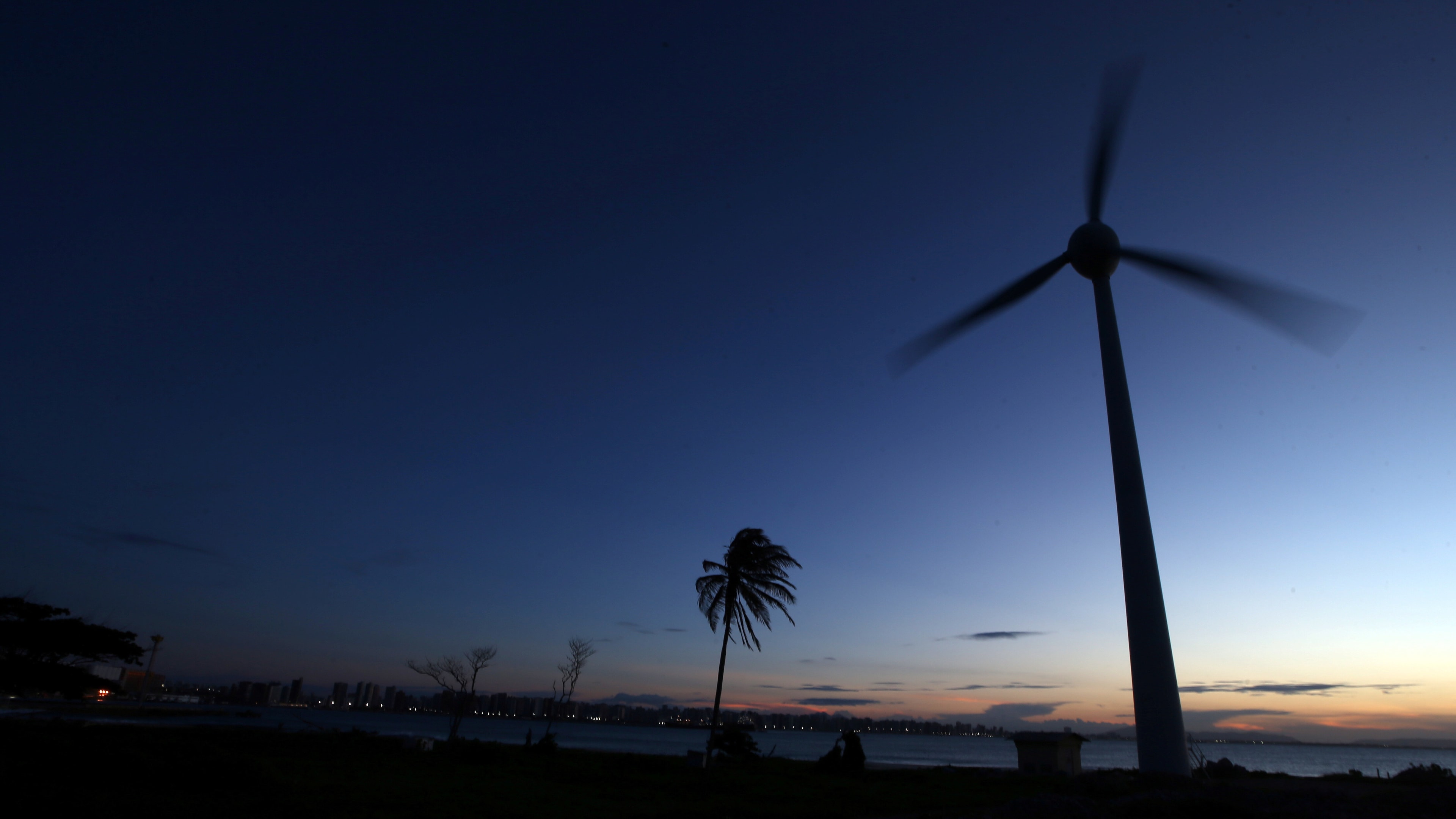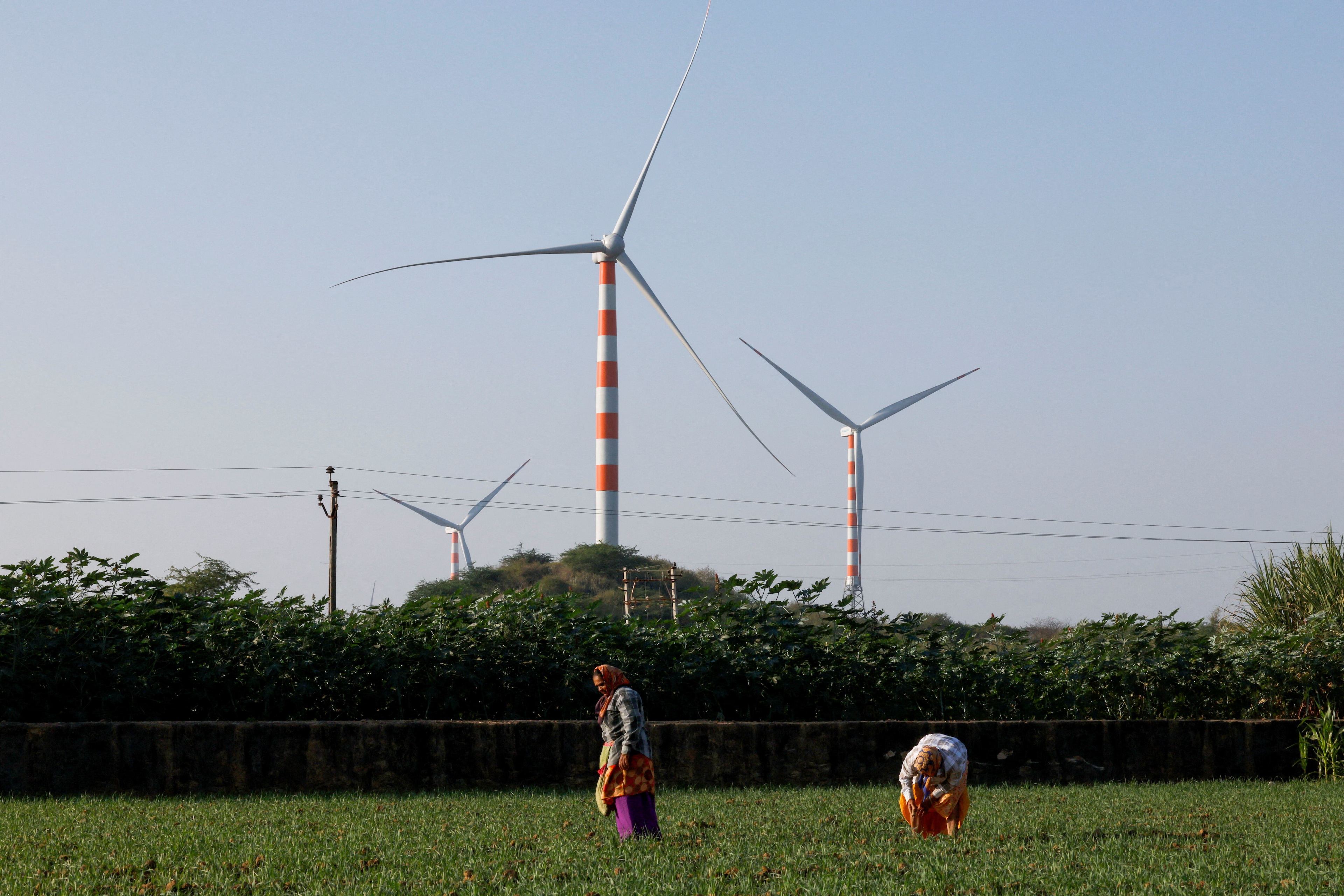How India is emerging as an advanced energy superpower

As the world watches, India is progressing advanced energy solutions rapidly.
Image: Unsplash/Milin John
- India is setting ambitious targets for deploying advanced energy solutions such as clean hydrogen, energy storage and carbon capture. By 2030, it plans to invest over $35 billion annually in these areas.
- India has surpassed its 2030 renewable energy goals; the government supports the energy transition through targeted policies, subsidies and incentives, such as production-linked incentives and tax credits.
- Scaling up advanced energy solutions requires overcoming challenges related to business confidence, demand certainty and technology reliability.
India is emerging as a global powerhouse in advanced energy solutions. It is the largest country in the world by population and fifth by size of national economy. It is also the third largest in terms of carbon emissions. According to Jennifer Granholm, US Secretary of Energy, “In so many ways, the world’s energy future will depend on India’s energy future.”
In line with this, the country is adopting ambitious goals for deploying solutions such as clean hydrogen, energy storage, carbon capture and sustainable aviation fuels.
Based on announced pledges, India is expected to invest more than $35 billion annually across advanced energy solutions by 2030 (excluding any solar or wind investment). Investment in battery storage alone must reach $9-10 billion annually.
Fast renewable growth drives exponential demand growth for energy storage in India. The country intends to build 47 gigawatts (GW)/236 GW hours (GWh) of battery storage capacity by 2031-32. This ambitious scale-up is equivalent to installing nearly 80 of the largest battery storage facilities globally and 110 times larger than the capacity of India’s battery energy storage systems.
In clean hydrogen, India has set a target to achieve a production capacity of 5 million metric tonnes (MMT) by 2030. The country aims to build an electrolyzer manufacturing capacity equal to 40GW by 2030 to achieve this goal. This will more than double the total global existing manufacturing capacity at the end of 2023.
More attention has been paid to energy storage and green hydrogen due to the country’s techno-commercial maturity and demand requirements. However, India’s ambitions and needs go further. By 2030, India aims to achieve 30 MMT capacity of carbon capture and storage and 2 MMT of sustainable aviation fuels from currently negligible levels.
Advancing goals
India has set bold ambitions and demonstrated remarkable progress on energy transition investment. For example, it surpassed its 2030 goal of achieving 40% of installed capacity from renewable energy sources nine years in advance.
To replicate this success and complement it with “made in India” goals, the central and state governments in India have implemented numerous policies and regulations. These include mandates via renewable purchase obligations, energy storage obligations and various subsidies and incentives.
The government offers production-linked incentive schemes that have proved effective in attracting strong industry interest. Other incentives include viability gap funding schemes and tax credits. Additionally, to lower the cost premium of advanced solutions, the government has initiated waivers on transmission, wheeling and banking charges.
In 2023, various tendering authorities in India released 25 tenders linked to energy storage and a viability gap funding scheme for batteries to facilitate better price discoveries. In green hydrogen, two tenders were issued aimed at facilitating 0.45 MT of green hydrogen production and 1,500 MW of electrolyzer manufacturing.
These tenders are supported by production incentives under the Strategic Interventions for Green Hydrogen Transition programme, for which $2 billion has been allocated.
Made in India
Building strong industries and supply chains at home constitutes a central point of India’s strategy in advanced solutions.
Various central-level policies and regulations have been implemented over the last few years to promote domestic manufacturing of advanced energy technologies and components. The production-linked incentive scheme mentioned above is an example of such an intervention, which is a performance-linked incentive on incremental sales from products manufactured domestically.
Moreover, India is promoting domestic mining by identifying 30 critical minerals and auctioning 20 blocks in 2023, with plans for 20 more in 2024. The government also emphasizes innovative procurement, offtake agreements and research and development investment to bolster these sectors.
Overcoming barriers
Despite significant progress, scaling up advanced energy solutions at the intended level requires additional efforts.
In India, as globally, the primary challenge in deploying advanced solutions over the next decade does not lie so much in their fundamental technological feasibility. It is rather related to confidence in these solutions. The challenge can be broken down into low confidence related to the business case and demand certainty, public trust and confidence in technology.
Unclear business cases and uncertain demand hinder scaling up investments. These need to be increased rapidly to keep up with the need to achieve targets. This acceleration requires building viable business cases to bolster investor confidence, including addressing the cost premium of advanced energy solutions and developing innovative financing models for solutions.
Accept our marketing cookies to access this content.
These cookies are currently disabled in your browser.
Strategic partnering
Exponentially scaling the advanced energy solutions industries will require unprecedented levels of collaboration to build confidence in the business case and demand while taking a people-positive approach. Collaboration will be essential to driving scale, creating demand signals, unlocking investment, spreading risk and informing policymaking.
Given the constraints of limited resources and tightening timelines, India’s “growing with less” strategy emphasizes the importance of maximizing resource use through collaborations and partnerships. The government works very closely with the industry already and the country is forming strategic alliances with mineral-rich countries for long-term supply of key materials.
Advanced energy solutions community
While every region, country, industry and company will decide on its own approach, all stakeholders must cooperate with each other and the existing system. The World Economic Forum’s Advanced Energy Solutions community looks forward to supporting stakeholders in India and globally.
The Advanced Energy Solutions community aspires to accelerate, from decades to years, the deployment at industrial scale of advanced energy solutions such as clean fuels and hydrogen, advanced nuclear, storage and carbon removal.
The community engages industry leaders who drive frontier segments of the energy system to shape the advanced energy solutions industry vision and narrative, support partnerships among innovators, large energy companies, energy users and investors, and inform policymaking. The community helps increase public confidence in advanced energy solutions, technology readiness, demand, and business cases while enabling collaborations and informing policy.
Don't miss any update on this topic
Create a free account and access your personalized content collection with our latest publications and analyses.
License and Republishing
World Economic Forum articles may be republished in accordance with the Creative Commons Attribution-NonCommercial-NoDerivatives 4.0 International Public License, and in accordance with our Terms of Use.
The views expressed in this article are those of the author alone and not the World Economic Forum.
Forum Stories newsletter
Bringing you weekly curated insights and analysis on the global issues that matter.
More on Energy TransitionSee all
Charles Bourgault and Sarah Moin
August 19, 2025
Jürgen Karl Zattler and Adrian Severin Schmieg
August 18, 2025
Piyush Verma
August 18, 2025
Valentin Chomel and Jacques-Alexis Verrecchia
August 14, 2025
Gaurav Upadhyay and Labanya Prakash Jena
August 8, 2025
David Timis
August 8, 2025





